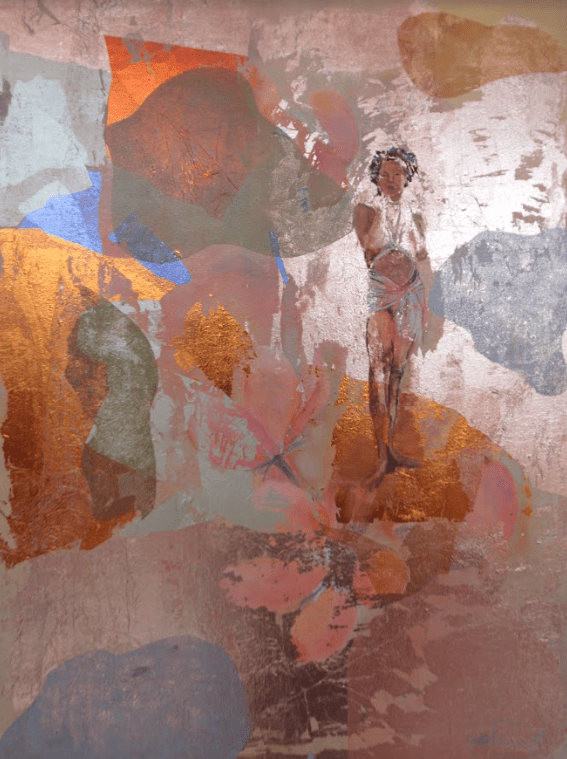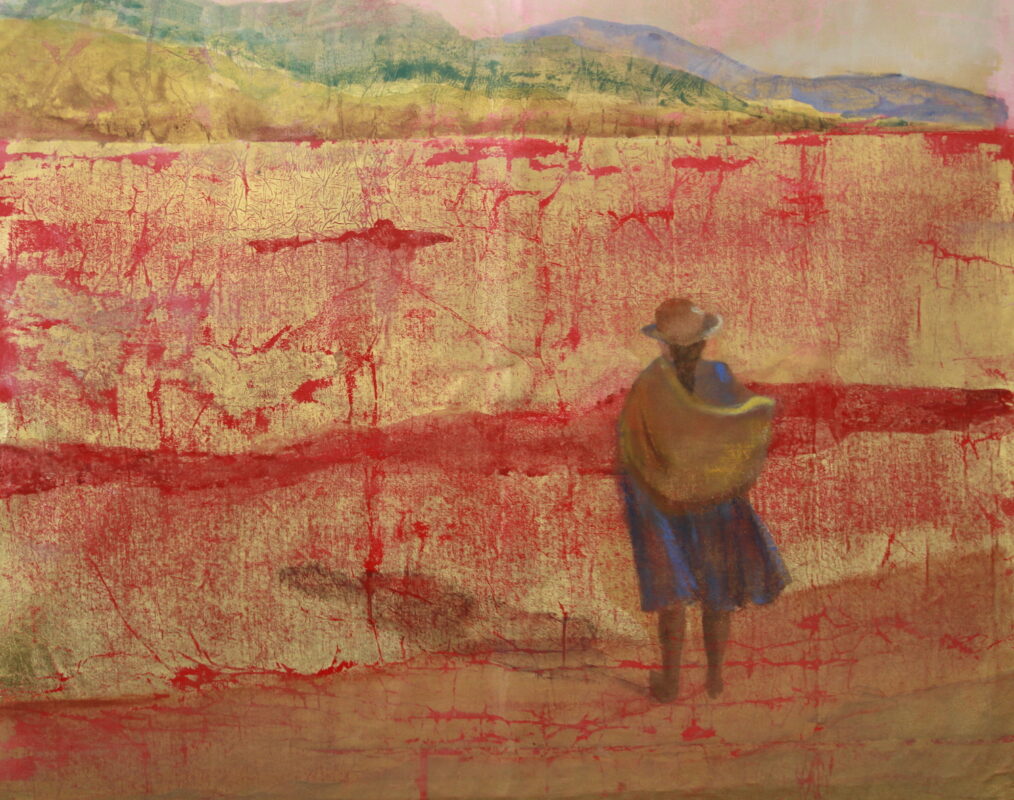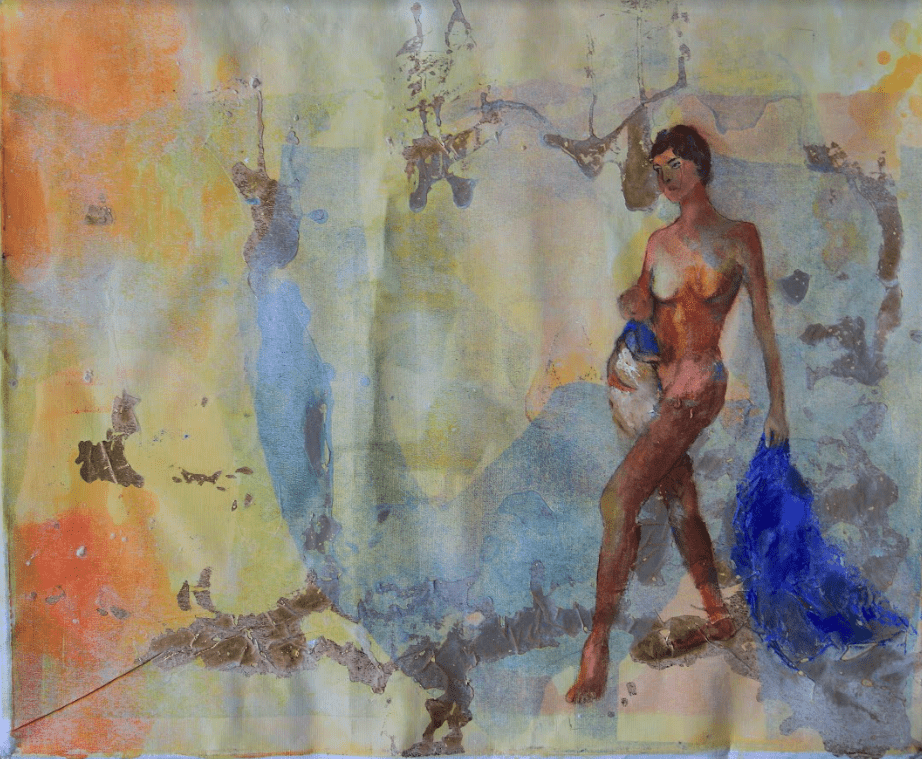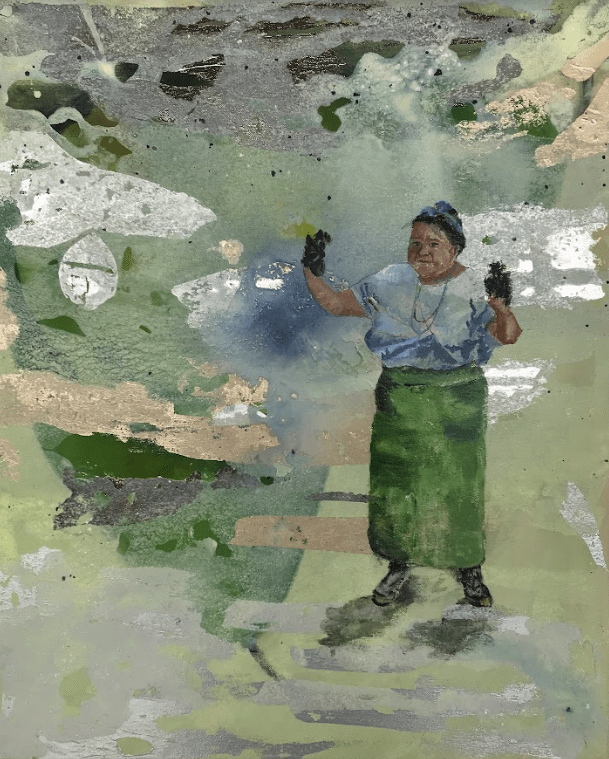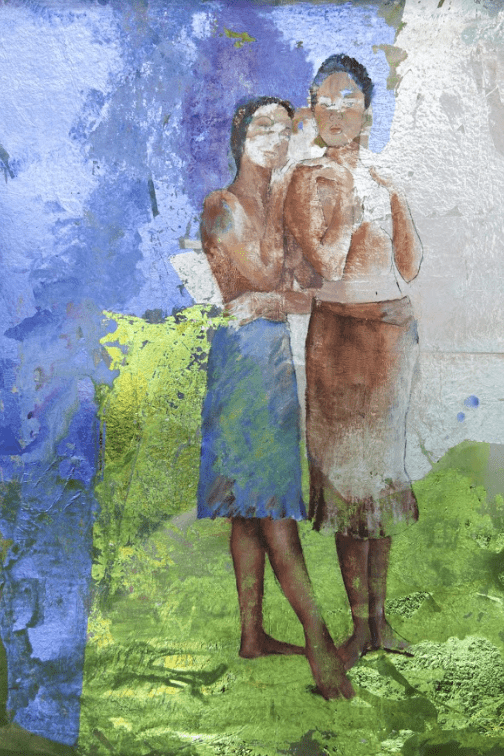By: Ana María Zabala Gómez
The Spanish Empire murdered Bartolina Sisa on September 5th of 1782. At the Plaza Mayor de La Paz, Francisco Tadeo Diez de Medina announced her sentence:
Bartolina Sisa, wife of the fierce Julián Apaza or Tupac Katari is condemned to ordinary punishment of torture and taken out of the barracks to the main plaza tied to the tail of a horse with a rope to her neck, a leather breastplate with feathers and a blade on a wooden cane, in her hand, and to publish her crimes like a town crier. She’s to be taken to the gallows and hung until she naturally dies after which her head and hands are to be pinned to the pillory with the corresponding sign, and then fixed as a lesson to the public in the places where she led her seditious meetings. Days after, her head is to be taken to the towns of Ayo ayo and Saphaqui, from her address and origin in the province of Sica Sica with the order to burn her afterwards and throw her ashes into the air.1
Who was Bartolina Sisa?
Bartolina was the daughter of José Sisa and Josefa Vargas, both from Alto Perú, whose livelihoods depended on trading coca and textiles. During their trips as traders through many cities, towns, communities, mines, and cocales, Bartolina learned of the subjugation that colonial authorities imposed on the andean peoples. This experience sparked her conviction in protesting against the colonial system that oppressed her brothers and sisters.
The Spanish empire killed her in 1782. The queen of the Aymaras, ancestral people of the Andes, was dragged by a horse and dismembered. The empire hung and exhibited her hands and head to sow terror in the indigenous people who rose against the colonial order in the aymara-quechua rebellion led by Bartolina and her partner Tupac Katari. The aymara-quechua rebellion was part of the most powerful anticolonial movement in Hispanic America’s history previous to independence2.
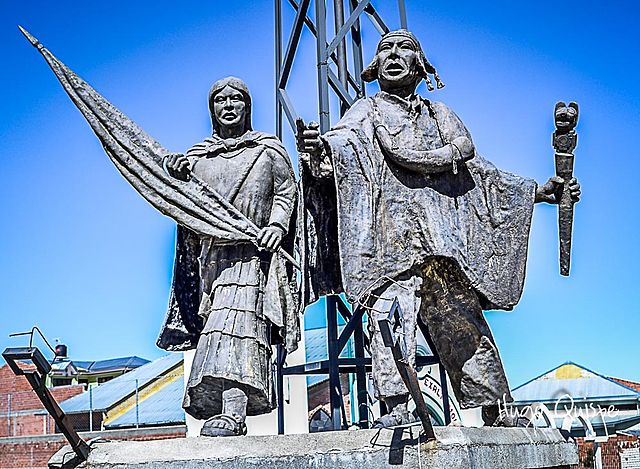
Leader of anticolonial struggles of the XVII century
When she was 25 years old, Bartolina joined Tupac Katari. Together, they organized armies of indigenous men and women to defeat the ruling colonial power that established brutal systems of exploitation. Bartolina led this movement towards the end of the XVIII century, when anticolonial struggles had shaken the south andean altiplano for decades and their echoes reached as far as Tucumán to the South and Nueva Granada to the north.
Bartolina was in charge of the La Paz siege, where thousands of people from the anticolonial uprising blockaded the city for 109 days. The Spaniards tried to capture Bartolina once but the indigenous army succeeded in protecting their leader. After the Spanish Crown sent more troops from La Plata, the Spaniards tried again and imprisoned the leaders of the rebellion, including Bartolina, and sentenced them to death.
Despite being brutally interrogated, Bartolina didn’t blame or betrayed any mestizos, neighbors, or priests who were suspected of supporting the rebellion. She was forced to witness the dismemberment of her partner Tupac Katari in the plaza de Peñas. After almost a year of imprisonment, on the 5th of September of 1782 at dawn, the judge pronounced her sentence, condemning her to being dragged to death by a horse at 32 years old.4
For more than forty years, the International Day of Indigenous Women has been commemorated in her honor. Bartolina Sisa represents the anticolonial struggles of XVIII century Latin America.
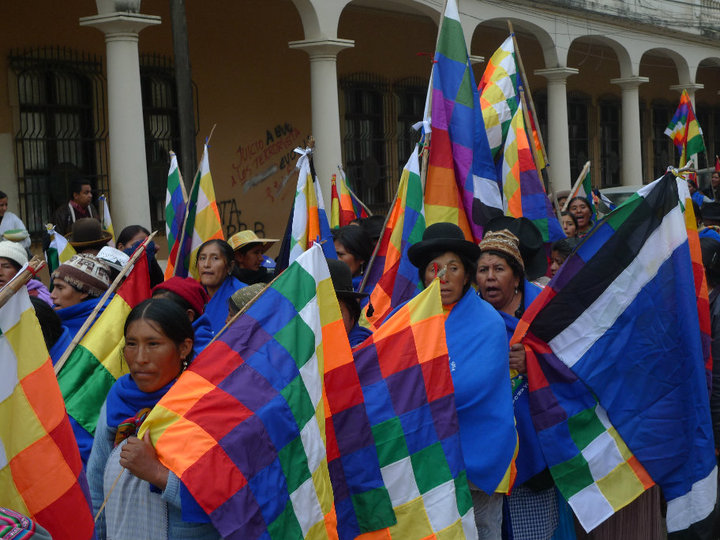
References
- Del Valle de Siles, Maria Eugenia (2008); my translation. Mariano Baptista Gumucio, ed. Bartolina Sisa y Gregoria Apaza. Sucre – Bolivia: Fundación Cultural Banco Central de Bolivia. p. 32. ISBN 9789990595154.
- Thomson, Sinclair. (2006). “Cuando sólo reinasen los indios”: Recuperando la variedad de proyectos anticoloniales entre los comuneros andinos (La Paz, 1740-1781). Argumentos (México, D.F.), 19(50), 15-47. Retrieved on October 23 2021 http://www.scielo.org.mx/scielo.php?script=sci_arttext&pid=S0187-57952006000100002&lng=es&tlng=es.
- Rodriguez, Margarita. (2020) Día de la mujer indígena: la cruel muerte de Bartolina Sisa, la heroína aymara “atada a la cola de un caballo” por luchar contra el imperio español. Retrieved on October 23 2021, de https://www.bbc.com/mundo/noticias-54026498.
- Servindi. (2013) ¿Quién fue Bartolina Sisa y por qué se le recuerda en esta fecha? Retrieved on October 23 2021, de https://www.servindi.org/actualidad/92872.


